Japan’s plea to Aussie tourists as visitor numbers reach record highs
Japan has an important message for Australians as tourists rush to the popular country in record numbers.
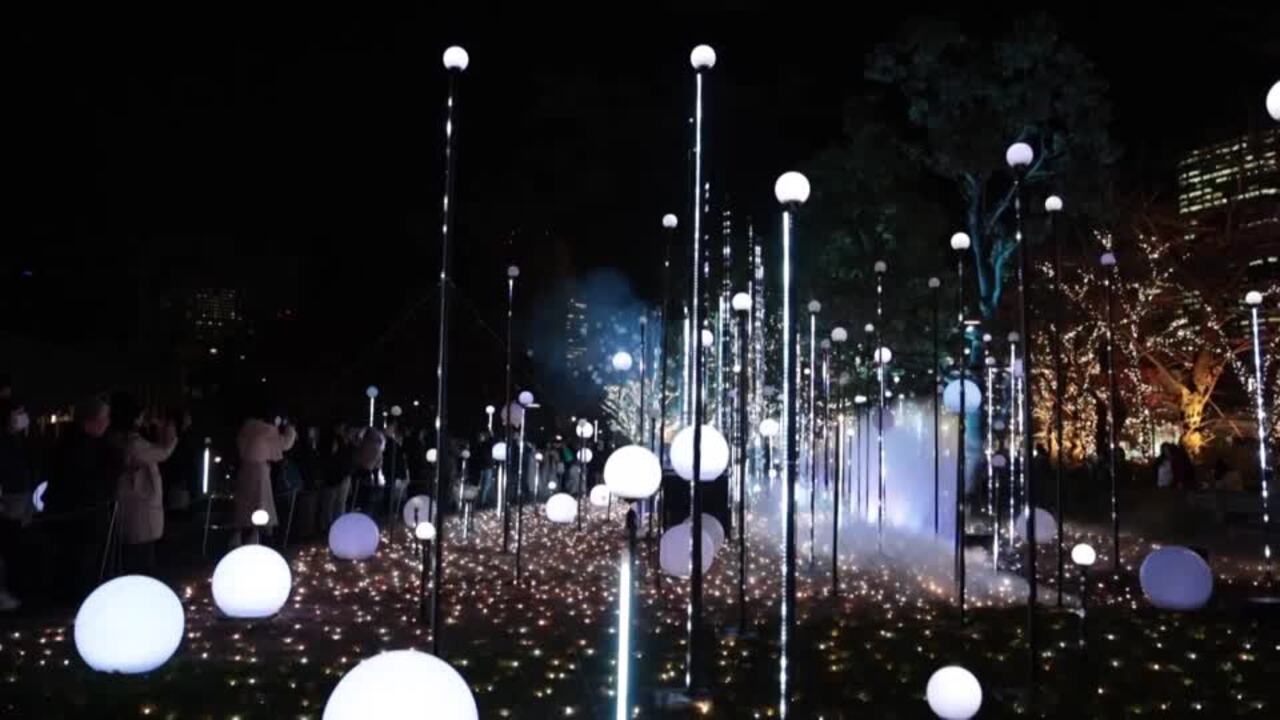
Japan is urging Australians to explore the country beyond the typical tourist hotspots as visitor numbers reach record highs.
The Asian country is soaring in popularity among Aussie travellers with one major factor being our strong dollar against the Japanese yen (read about the astounding cost of food and alcohol here).
Between January and September in 2024 visitors from Australia totalled a record 637,300, which was an increase of 42 per cent over the same period for the previous record in 2019, according to the Japan National Tourism Organization (JNTO).
Australian visitors also rank as one of the top markets for total length of stay in Japan.
But some tourist hotspots such as Kyoto, once the capital of Japan, are buckling under the pressure as hordes of foreign visitors roll in.
“We strongly encourage Australians to consider lesser-known destinations, as well as look at shoulder travel seasons, such as autumn, as well as Japan’s summer – known locally as the ‘green season’ where the country’s rural and regional areas really come into their own,” JNTO’s Australian office’s executive director Naoki Kitazawa told news.com.au.

Mr Kitazawa said travelling responsibly was “more important than ever” and both Japan’s local communities and foreign tourists could benefit from a wider dispersal of tourism.
“Tokyo, Kyoto, and the Golden Route offer incredible experiences, but there’s so much more to discover beyond the obvious and what’s trending on social media,” he said.
“Just like in Australia, the real magic often lies in exploring the hidden gems of cities and popular destinations, where you’ll find the true essence and diversity of the culture.
“Don’t just stick to the postcard sights – venture out and uncover the stories that aren’t always on the tourist trail.”
Mr Kitazawa said Japan had been “heartened” to see the pace at which Australians have returned to the country post-Covid, but JNTO did need to promote lesser-known destinations to help avoid “overtourism” – a trend popular cities across the world are grappling with.
“By making informed decisions, travellers can contribute to preserving the beauty and integrity of the places you visit, ensuring they remain vibrant for future generations to enjoy,” he said.
Japan’s advice echoes that of Indonesia in 2023, which pleaded with Aussies to explore more of the country beyond Bali.
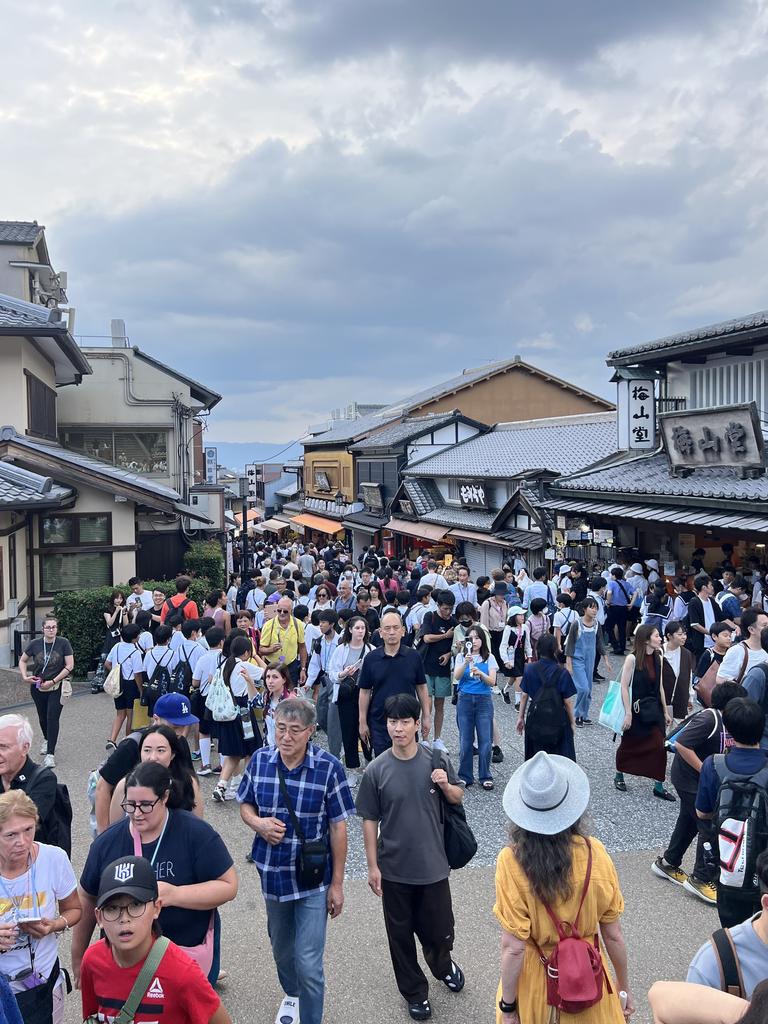
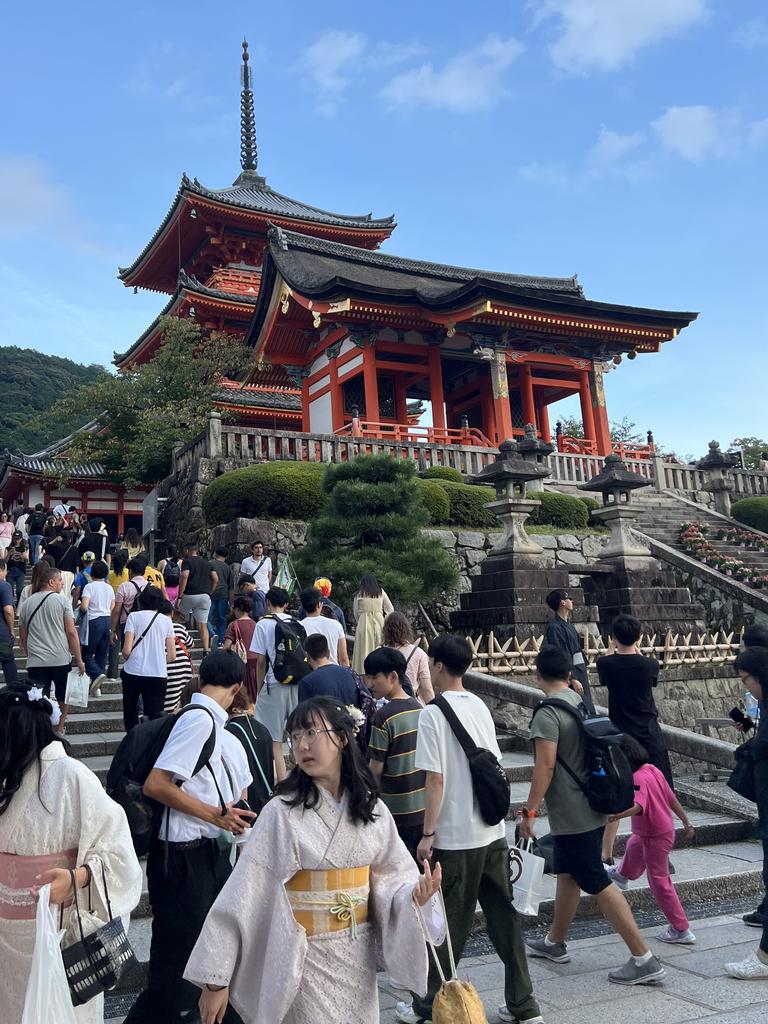
The JNTO is encouraging second or third-time visitors to explore more rural areas like seeing the country’s national parks or experiencing a traditional temple stay.
They also recommend all travellers do their research on sustainable accommodations, respecting cultural practices and how to support local businesses.
“Unique experiences include exhilarating canyon adventures through the Minakami UNESCO Eco Park, guided tours through ancient cedar forests, meeting snow monkeys in the Jigokudani Monkey Park in Joshin’etsu Kogen National Park – right through to traditional town and heritage stays and sleeping among the branches in the Treeful Treehouse Sustainable Resort in Okinawa’s Yambaru National Park,” Mr Kitazawa said.
Brett Mitchell, who is the Australia and New Zealand managing director for Melbourne-born company Intrepid Travel, said tour operators like them also carry a major responsibility.
“Most cities and countries love tourism, it’s important for their economy; it creates jobs,” Mr Mitchell told news.com.au
“Even those cities that suffer from overtourism, need tourism and love tourism. They just need the right kind of tourism.”
Mr Mitchell believes tour operators need to work with local councils, governments and communities to “help co-design what tourism looks like” for more responsible destination management.
“That I think is going to be the real next evolution,” he said.
“If we can do that that will help with this concept of having sustainable tourism that’s fantastic for the traveller but also for good local communities and local government.”
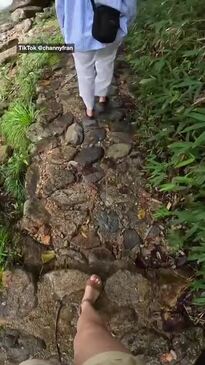
Japanese city Aussies should visit instead of Kyoto
Japanese people have a solid reputation for politeness. They are known for their kindness and patience (before you travel, read about the one thing they do not have patience for here).
Unlike in some cultures, tourists are welcomed even when outside the hotspots and without knowing the language.
Foreigners also often joke that Japan is living in the future. For example, their public transport system is world-class.
And all of these factors make it a lot easier to travel to areas less frequented by tourists.
“The infrastructure in Japan in particular makes it very easy to get off the beaten track and get to local seaside towns or up into the mountains, and it’s cheaper too when you get out of those major tourist hotspots,” Mr Mitchell said.
“The best part about it is you have these incredible people who are not overwhelmed by tourists and instead they’re intrigued and curious, even if the language is not as good you can still sit down at a local bar and try to get to know each other – it’s a fantastic experience.”
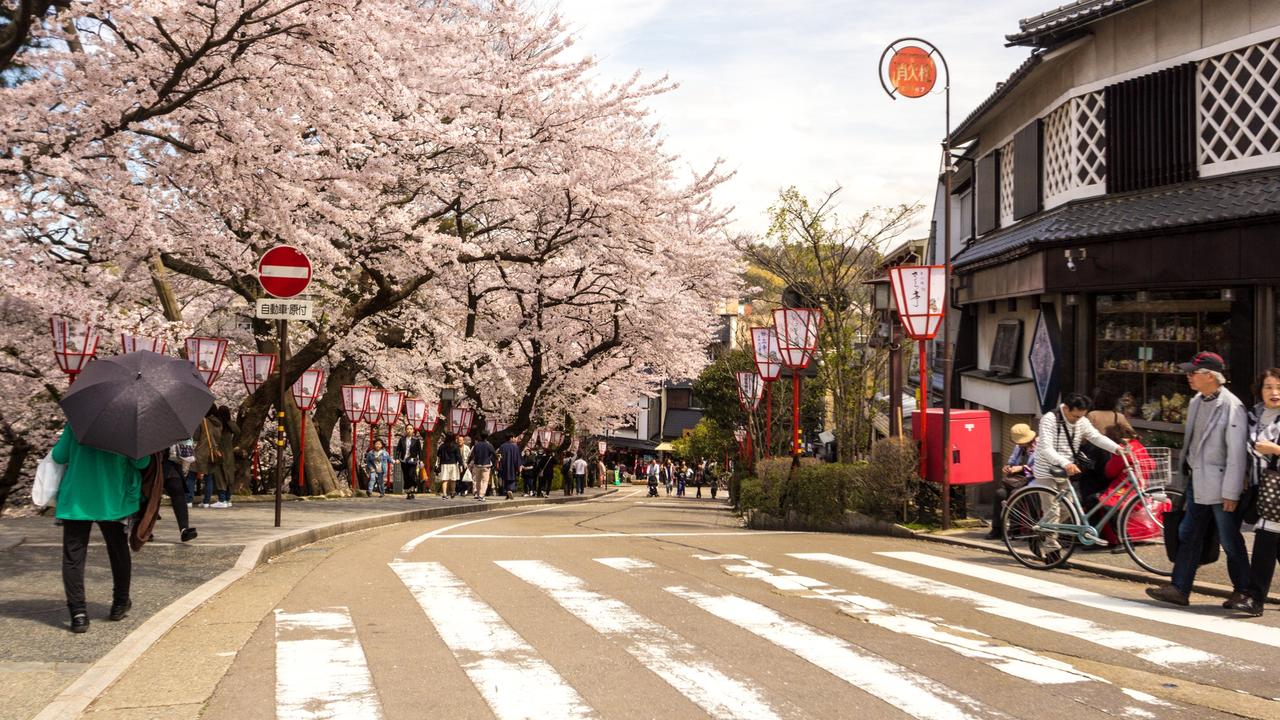
When asked about lesser-known destinations Australians need to check out, Mr Mitchell and Mr Kitazawa both had one recommendation in common: Kanazawa.
The city is about 2 hours and 30 minutes by train from Tokyo and Osaka, which Australians can fly direct to.
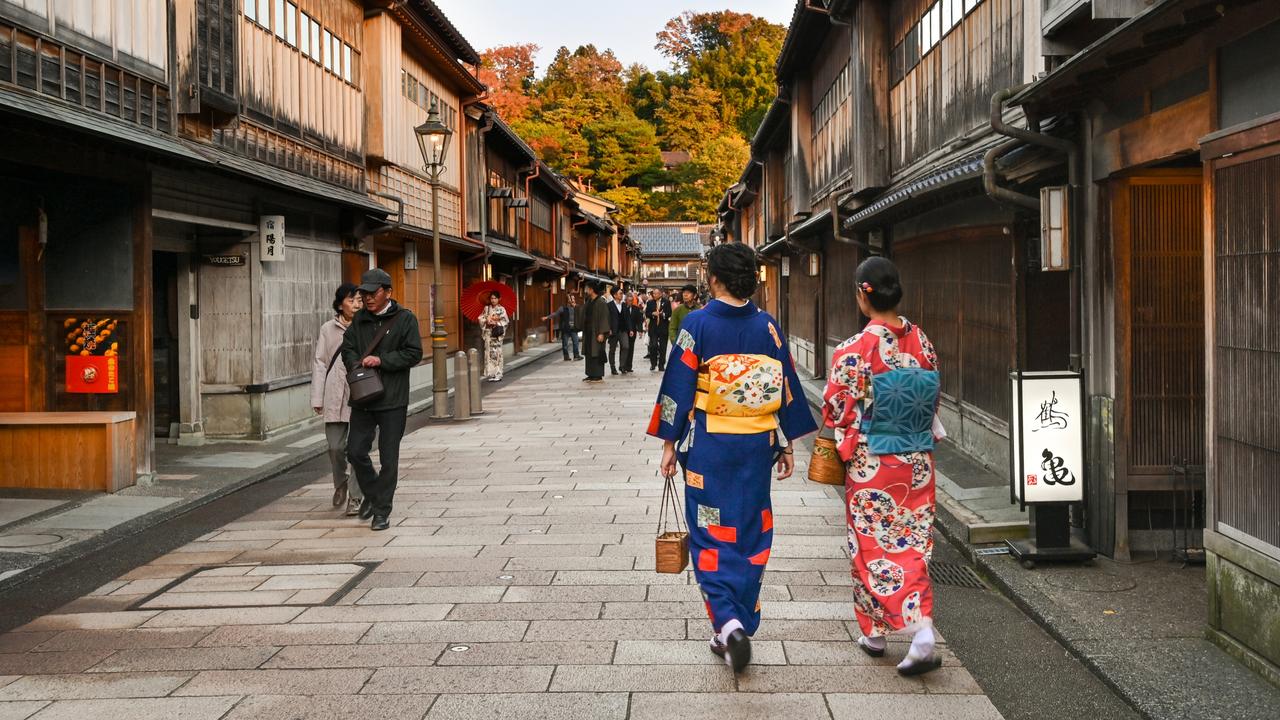
Mr Kitazawa said it should be top of the list for Australians who want to experience a city like Kyoto, but with fewer crowds.
“Often referred to as ‘little Kyoto’, there are plenty of similarities including preserved temples, traditional teahouses, and an abundance of nature, but it is lesser-known and much quieter compared to Kyoto,” he said.
“Like Kyoto, Kanazawa also has a rich teahouse and Geisha culture. In Kyoto, teahouses are often off-limits to tourists, but in Kanazawa’s Chaya district, there are teahouses open to tourists offering a rare opportunity for visitors to reserve a Geisha performance.
“A visit to the Kenrokuen Garden is another must for all Kanazawa first-timers, ranking as one of Japan’s most beautiful gardens.”
Geisha perform traditional Japanese dance, music and games. They are recognised by their formal kimonos, white face make-up and hair styled in an elaborate bun.
Mr Mitchell also recommends Takayama in the mountainous Gifu Prefecture, which he said was a standout in his travels because it felt like traditional rural Japan.
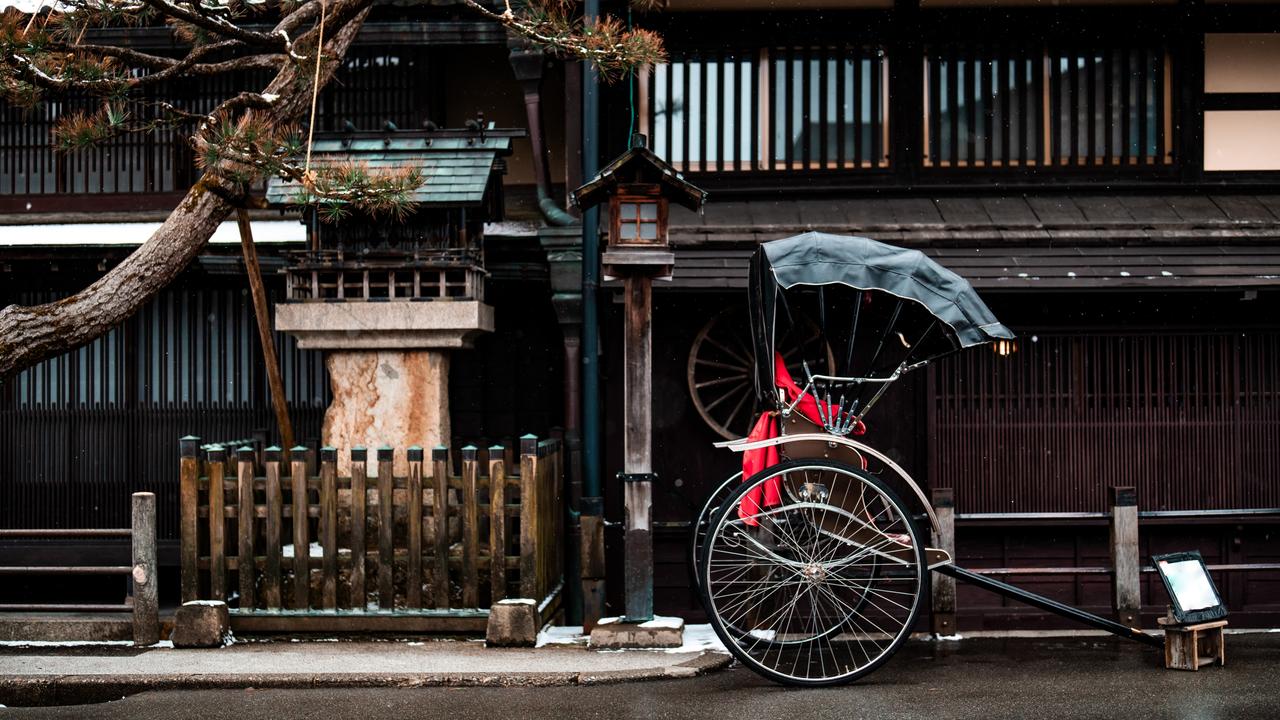
Kyoto cracks down on tourists
When talking about cities struggling with massive visitor numbers globally, Kyoto often makes the list.
Early in 2024, tourists were banned from entering certain alleys in Gion, the city’s famous geisha district, after local residents fed-up with hordes of tourists demanded action, saying their neighbourhood “is not a theme park”.
Reported incidents of unruly tourists included a maiko’s kimono being torn and another having cigarette butt put in her collar. A maiko is an apprentice geisha.
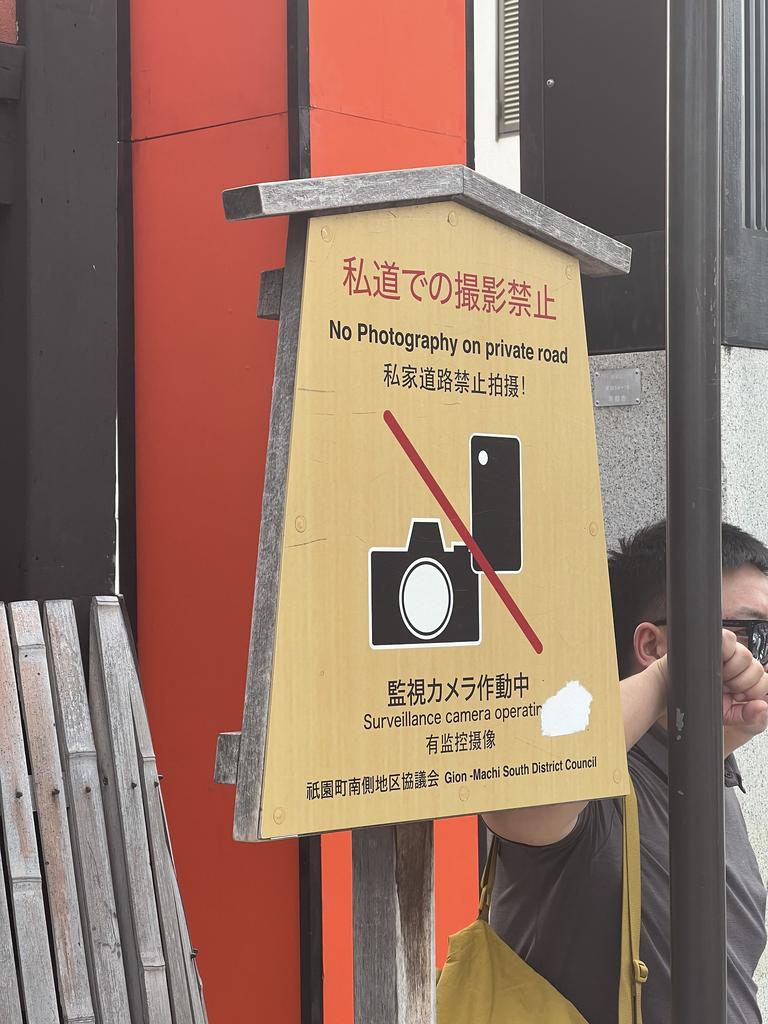
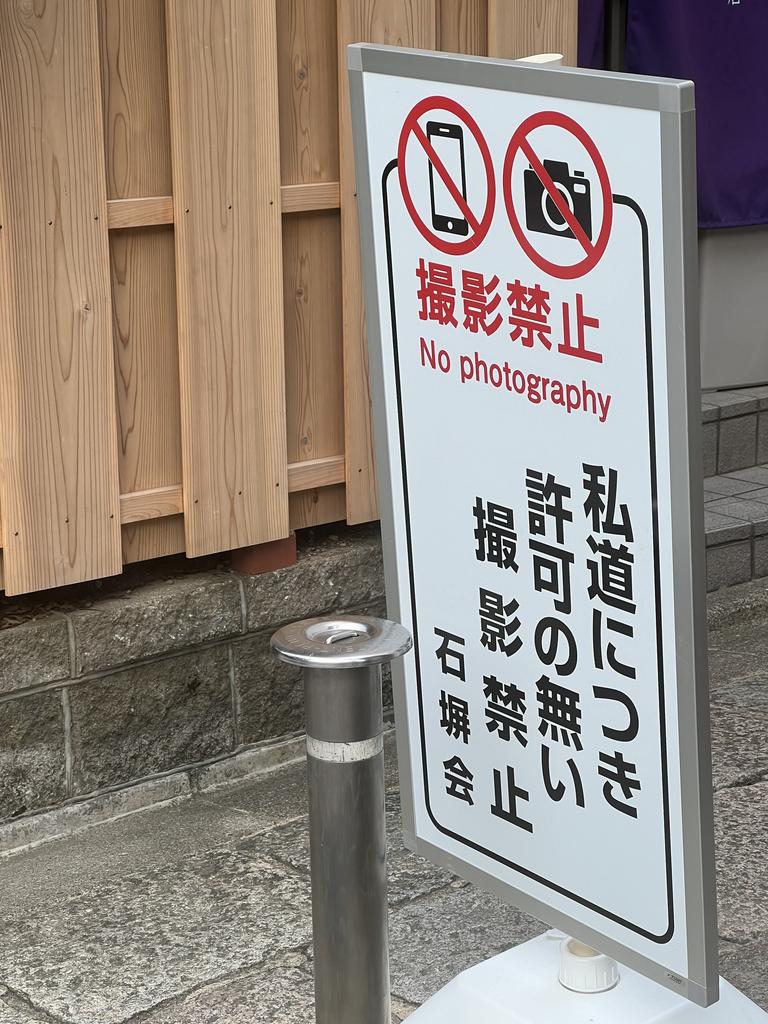
“JNTO has been working with local authorities to achieve a more balanced and sustainable tourism industry that sits more in harmony with the daily lives of residents,” Mr Kitazawa said.
“Measures to address congestion include increased transport connections between major rail stations and sightseeing spots to improve the daily flow of tourists, establishing more luggage storage areas to reduce large luggage on city streets, and providing more information to tourists that encourages them to experience early morning and evening activities to help balance visitation numbers and movement throughout the day.”
The Kyoto City Tourism Association has published an official ‘Kyoto Guidelines for Sustainable Tourism’, with a code of conduct for tourists and businesses.
Another popular spot to make international headlines this year was the town of Fujikawaguchiko – specifically across the road from one convenience store with views of Japan’s iconic Mount Fuji.
It was blocked off last May with a black barrier amid increasing tensions between locals and tourists.
Tourism organisations and councils are not the only ones taking action to disperse tourism.
In October, companies Japan Airlines and Hoshino Resorts launched a campaign drawing attention to the country’s “hidden gems” that offer similar experiences to the “all-time favourites”.






